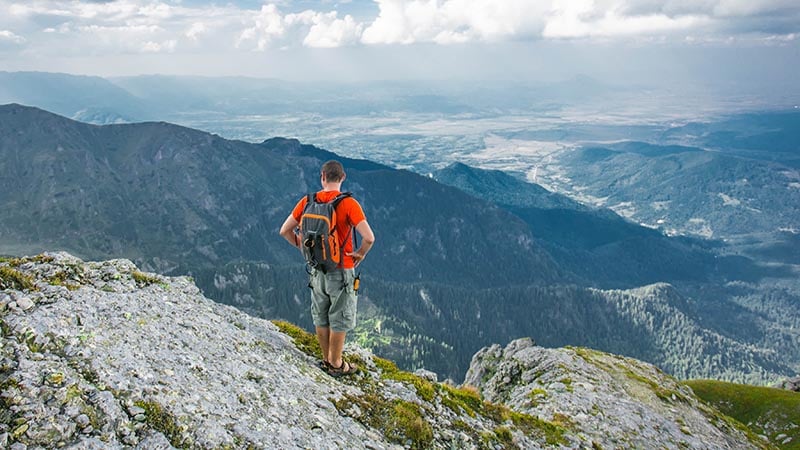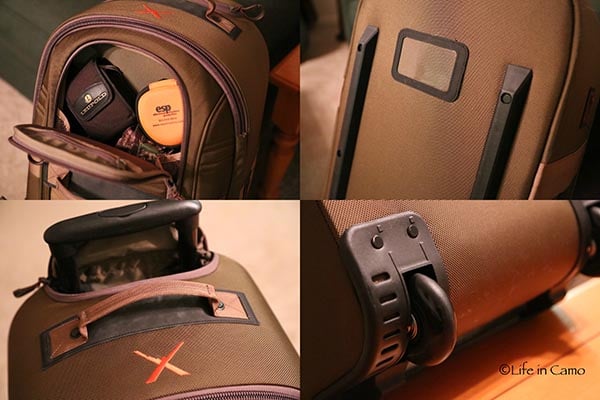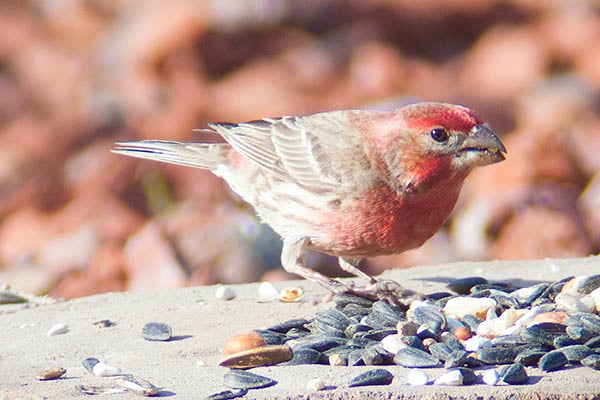Last Updated on
By David Link
It was Freshman year of college that I truly realized the benefits of hiking. The infamous “Freshman 15” had just struck me, probably because I subsisted mostly on unhealthy late-night cafeteria food, but I had to do something about it. At that time, running and I really weren’t friends, and I needed an alternative. Luckily the beautiful Shawnee National Forest surrounded where I went to college, Southern Illinois University, and I had plenty of natural playground to hike. It’s about this time every year that I’m reminded to dust off the hiking boots and hit some spring trails. Although I’ve traded the Rocky Mountains for Shawnee National Forest, the concept remains the same – get it shape for spring by hitting some strenuous hikes. If you don’t live near a national forest or state park, there is a hiking trail closer than you think, even if you live in the city. Here’s my plan on how to shed a few pounds this spring by hitting some trails.

Benefits Of Hiking
I’ve heard nothing burns calories more than cardio workouts. You need to get the heartbeat up and keep it up for at least 30 minutes (per day if possible). Now disclaimer, I’m no fitness expert, and I’m not fanatical about my training regiments. That said, I also want to keep my heart healthy and stay in shape so I can get out and do the things I love. While I’m not very scientific about my training approach, I’ve have certainly seen the benefits of cardio workouts. I do run when I’m in the city, but if I had the choice I’d go for a hike. Here are the primary reasons why:
- Better Scenery – Typically there is a lot of scenery and potential wildlife sightings to enjoy as you hike. Now don’t get me wrong, city or town parks are great, but they don’t beat a stretch of forest, riverbed or a waving field as far as scenery goes.
- Longer Workouts – Unless you’re fanatical and can keep up a running workout for several hours (I cannot…), a run is essentially a “hit it hard and it’s done” type of activity. Hiking on the other hand can result in a half-day or day of activity, and you’ll end up burning more calories this way.
- Distractions – You could say the best workout you can do is one that you’re not actively aware of the whole time you’re doing it. If you’re focused on getting to that waterfall or scenic overlook, you’ll end up working a little harder without the mental grind that comes with some workouts.
The Gear
Hiking does require a bit of gear, and you should travel with a few necessities vs. just a water bottle in your hand. There are several reasons for this.
- Bad weather can hit unexpectedly.
- You can get lost, even in smaller hiking areas. Most people get lost within a couple miles of their car, however wrong turns can make this much worse.
- You can get injured and you may not be able to move.
- What you’re carrying may help a fellow injured hiker.
While these are worse case scenarios, it is always wise to prepare. There is a balance of what to carry vs. what to leave behind. It certainly doesn’t make a lot of sense to carry a ton of gear on a short hike. But you should get in the habit of carrying a small day pack at the very least.
Day Pack
Day pack selection is a fairly simple matter. You want something fairly small and lightweight with a few different pockets to store gear and a larger main compartment for items like water bottles and a jacket. We recommend Eberlestock or Geigerrig for the purpose. Eberlestock makes day packs with the addition of hydration bladders, and Geigerrig is centered around melding a hydration pack with a day pack. An extra bonus available in Geigerrig packs is the ability to pressurize and spray water. Remember to stay small and light for a hiking day pack. Your max should be about 500 cu inches in capacity.
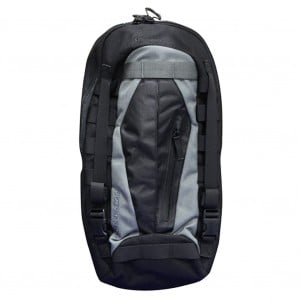
Rain Jacket
A rain jacket is another practical gear item for your hike, and if you get caught a couple miles from your car when the sky opens up, you’ll really need it. For these purposes, think lightweight rain shell that packs down easily in a small backpack. No need to bring a heavy rain parka that you often won’t ever need to wear. Also if you get injured or lost, the jacket can double as extra warmth while you find your bearings.
Shoes / Boots
I’m not going to get extremely in-depth on shoes and boots in this article, but you will want a good pair if you plan to hike regularly. Trail running shoes are a good middle ground option for those who aren’t sure how they’ll tackle a trail. You certainly won’t need backpacking boots for a day hike, so don’t go overboard either. Keep in mind your terrain and location as you select footwear, and if it’s hot in your area select a shoe or boot with some breathable vents. Don’t forget, for a short hike your athletic shoes will suffice, especially if you’re just trying it out, but you’ll need something better suited for hiking if you do it more often.
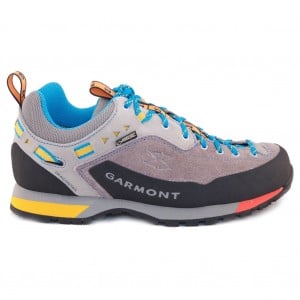
Water
Hydration is always important, and so water carrying gear is worth mentioning. I prefer stainless steel bottles over the plastic variety because they are more durable and keep water cold longer. Now you don’t necessarily need cold water to stay hydrated. Room temperature water will hydrate you just as well. But cold water is always nice to have on a hot, strenuous hike. As I mentioned above, you could opt for a hydration bladder instead. Larger bladders will be needed for longer hikes, or you can always mix and match – a bottle and a smaller hydration pack. Pro tip – leave another water bottle at your vehicle out of the sun. Several times I’ve drank all my water on a hike only to get back to the truck parched and with a 30-45 minute drive ahead of me. It’s definitely a situation to avoid.
Compass / Knife
A few other essentials aside from your cell phone and a spare set of keys include a compass and a knife. A compass is a simple navigation tool that could be the key to getting you out of a sticky situation when you’re lost. They weigh next to nothing, and they won’t go out of service like GPS is prone to do sometimes. As for a knife, well it never hurts to have a sharp tool on hand. There are a ton of uses that your knife could aid in from survival and medical emergencies to self-defense in a worse case scenario. It never hurts to pack a compact hikers first aid kit either. It may appear silly since most will only hike a few miles in a day, but it’s worth it just in case.
Strategy
The worse thing you can do on an early season hike is take a route longer than you’re prepared for. Remember miles look easier to hike on a map then they do in person. Trust me, I’ve taken 8 mile loops at altitude early in the season and been completely wiped by the time I get back to the truck. Don’t make the same mistake. Take into account altitude gain and the terrain as well before you choose a hike. Don’t forget to check the weather and tell someone else where you’re going before you leave.
Often instead of planning one or two big hikes a month, take a few shorter hikes more often. You can also plan a few short evening loops after work, with the intention that you can’t get too far out as it’ll get dark soon. Another alternative is to hit an early morning hike. The weather is cool and you can be back with the rest of the day ahead of you after a good workout.
Think carefully about your route and what you want to accomplish and have fun! You don’t have to hit the treadmill at the gym or run around a local park to get in shape this spring.
Prices and availability subject to change at gritroutdoors.com.

